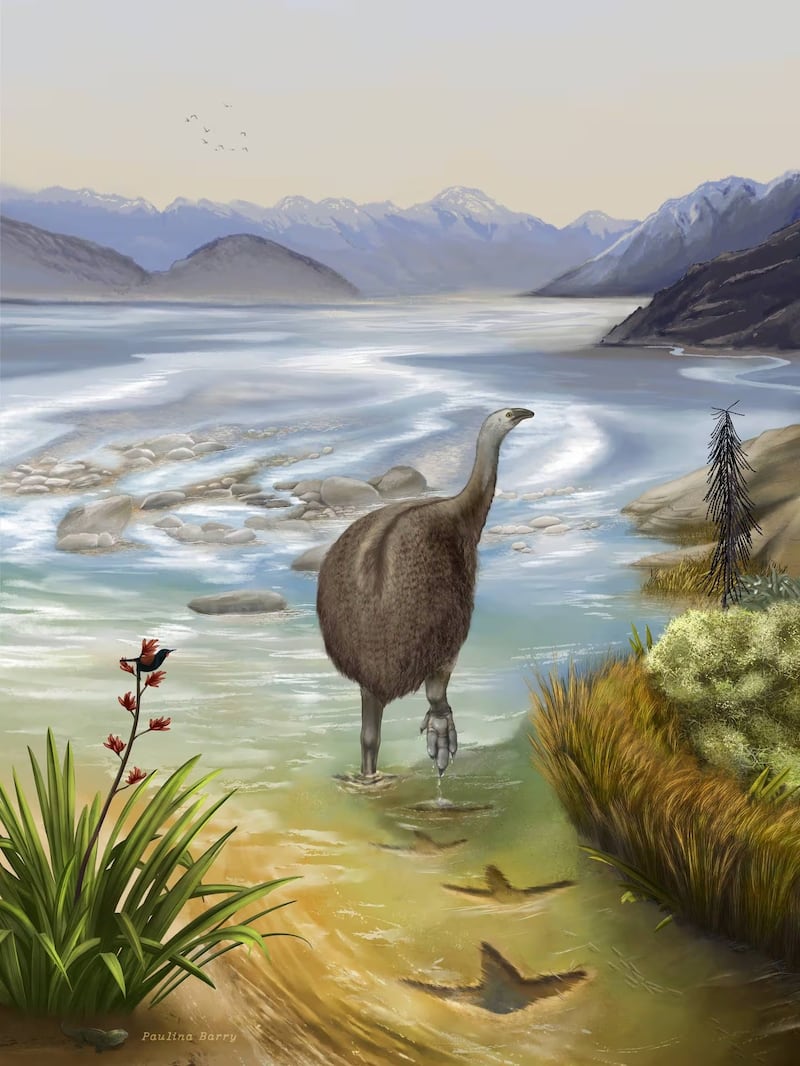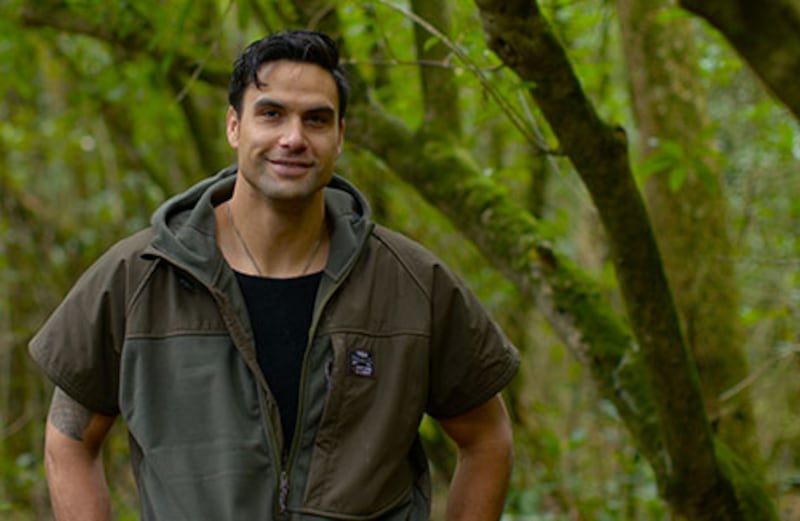The Kuranui, otherwise known as Moa, played a vital part in sustaining rākau Māori, crucial to the wellbeing of the taiao and the Māori language, experts say.
A new study by Manaaki Whenua - Landcare Research analysed ancient moa droppings from Te Waipounamu, which showed traces of fungal DNA. Kairangahau suggests these fungi relied on moa for spore dispersal, meaning their extinction may be disrupting both fungal spread and Aotearoa’s native forest ecosystems.
Ngāti Tarāwhai pest controller Tame Malcolm says this rangahau is complimentary to mātauranga Māori about Moa.
“Ehara tēnei whakaaro i te tauhou ki roto i a mātau, engari [he] taunakitanga o te hononga o te Moa ki [te] whare atua.”
“He hononga tō ngā mea katoa ki ngā mea katoa. Ki te hapa, ki te hē, ki te tūkino i te mea kotahi, ka riporipo ngā tūkinotanga ki te oranga katoa o te ngahere.”
Ko te Kōpurawhetū, he kai mā Te Kuranui
Researcher Alex Boast says the samples were found in Hodge Creek and Takahe Valley, though it is unclear which species of Moa they belong to.
“These fungi very closely resemble berries.”
“Until now, we’ve had no evidence that any bird consumes them—including Moa.”
There are believed to be at least nine species of Moa, ranging from small birds under 50kg to large ones over three metres tall and 250 kg. These flightless, herbivorous manu went extinct about 600 years ago.
“Tae atu ki te 1500s, i mōhio ngā tūpuna ki te Moa. Ā, tae atu ki te rautau tekau mā whitu, i kite kua mate haere.”

Malcolm also says that the moa’s legacy lives on through te reo Māori.
“I roto i tērā waiata rongonui—Tōku Reo Tōku Ohooho—kia kore tō tatau reo e mate pera ki te Moa. E hāngai ana taua kōrero rā ki te ngaronga o te Moa, kia kaua tō tātau reo e pērā.”
“[Ka] ora tonu te Moa ki roto i te mahara o te Māori ki roto i ngā momo kupu pērā i te rau o Tītapu.”
Malcolm says tīpuna in Hawaiki enjoyed the taste of Moa and wanted to know where it came from.
“Mō ngā tau 200 pea i te whakahoki [i] te kiko o te mīti o te Moa ki Hawaiki, ā, i hoki mai ētahi nō Hawaiki ki te kimi i aua reka.”

Pērā i a Te Kuranui e ngaro nei
However, Malcolm says their hunting strategies were suited to Hawaiki’s environment, not Aotearoa.
“[I] pērā tō rātau tirohanga ki te ao—[ka] kite te manu, me kapo, me aruaru, me whakapōhā hei kai mō te hōtoke.”
It was here, Malcolm says, that the tīpuna noticed the birds were starting to die off—unlike in Hawaiki, which he describes as a migratory path, in contrast to Aotearoa, where the birds originated.
“Tōna 200 tau i wāia a Ngāi Māori ki taua tikanga, [ka] mutu, i hurihia ngā tikanga [mō] te aru i ngā manu. I taua wā kua ahua tūreiti, [nō] reira i pērā te Moa—i mate rātau.”
Malcolm says we’ve had plenty of time to adjust to our environment, and now we need to learn more about how to protect it.
“Kua kite tātau i te matenga o te Moa, nō reira he aha hoki ngā momo ririki o Tāne kua pērā te haere ināianei, he aha hoki ngā mahi kia kaupare i tērā āhuatanga kia kore tātau e kite i tērā i tēnei ao.”
More study is needed as this gradual turnover of fungal communities continues. What is clear, the scientists say, is that the long-term consequences of moa loss on the overall health of native ecosystems are still unfolding, some 600 years down the track.



